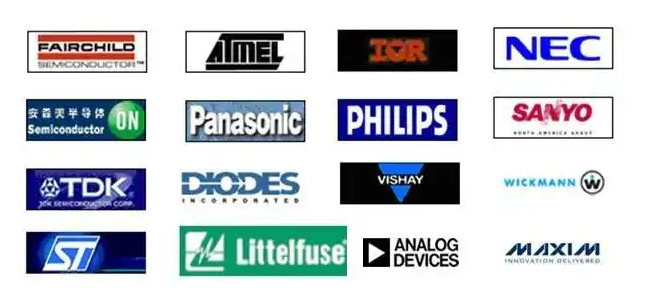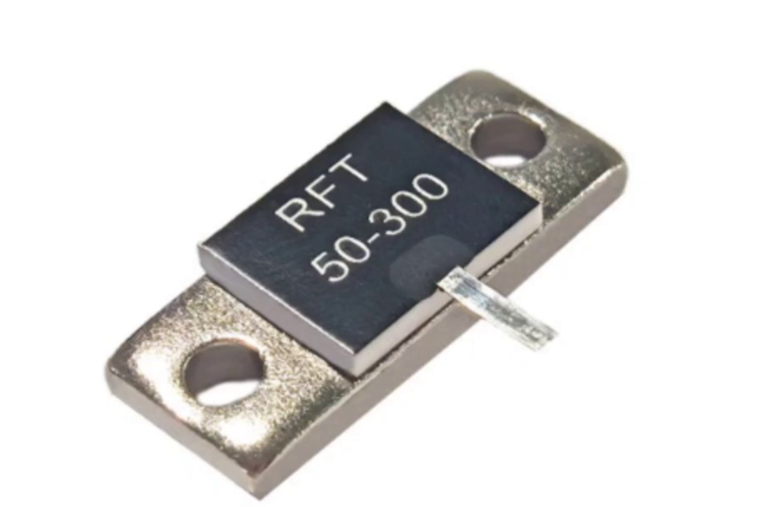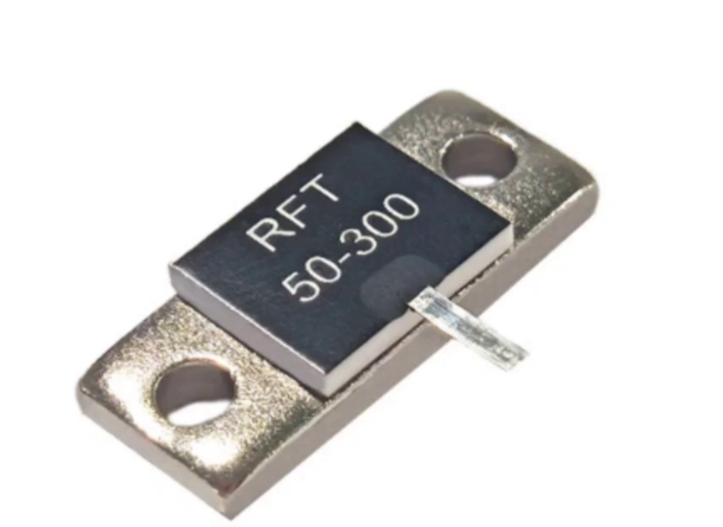Practical Electronic Components and Circuit Fundamentals: A Comprehensive Guide
Introduction
In the ever-evolving world of electronics, a solid grasp of practical electronic components and circuit fundamentals is the cornerstone for hobbyists, students, and professional engineers alike. Whether you’re building a simple LED flashlight or designing a complex robotic system, understanding how individual components work and interact within a circuit is paramount. This knowledge transforms abstract theory into tangible, functional devices. This article serves as a deep dive into the essential building blocks of electronics, exploring passive components, active components, and the foundational principles that bring them all together. By mastering these basics, you empower yourself to troubleshoot, innovate, and bring your electronic ideas to life. For those looking to source these components reliably, platforms like ICGOODFIND offer a valuable resource for finding quality parts.

The Core Building Blocks: Passive Components
At the heart of every circuit are passive components. These are the fundamental elements that do not require a power source to operate but instead influence the flow of electrical energy in specific ways.
Resistors are arguably the most common component. Their primary function is to oppose the flow of electric current, creating a voltage drop in the process. This is crucial for controlling current levels, dividing voltages, and biasing active components like transistors. They are measured in Ohms (Ω), and their values are often indicated by a color-coding system. Understanding how to read these codes and apply Ohm’s Law (V = IR) is the first critical step for any electronics enthusiast.
Next are Capacitors, which store and release electrical energy in an electric field. Think of them as tiny rechargeable batteries that can charge and discharge very quickly. Their key property is capacitance, measured in Farads (F). Capacitors are used for a multitude of purposes: smoothing power supply outputs, filtering specific signal frequencies, coupling AC signals between amplifier stages, and timing circuits in conjunction with resistors (RC circuits). From small ceramic disc capacitors to large electrolytic ones, each type has its specific application and characteristics.
Inductors complete the primary trio of passive components. These are typically coils of wire that store energy in a magnetic field when current passes through them. They oppose changes in current, a property known as inductance, measured in Henries (H). This makes them invaluable in filtering applications, especially in power supplies (chokes) and radio frequency (RF) circuits for tuning. Together with resistors and capacitors, inductors form resonant circuits, which are the basis for oscillators and filters that can select desired frequencies.
The Active Elements: Controlling the Flow
While passive components manage energy, active components control it. These devices can amplify signals, switch currents on and off, and act as the “brains” of an operation, but they require an external power source to function.
The Diode is the simplest active component. It acts as a one-way valve for electric current, allowing it to flow easily in one direction (forward bias) while blocking it almost entirely in the opposite direction (reverse bias). This property is exploited in rectifier circuits to convert alternating current (AC) to direct current (DC). Specialized diodes like Light-Emitting Diodes (LEDs) emit light, Zener diodes regulate voltage, and photodiodes detect light.
The Transistor is undoubtedly the most revolutionary electronic component ever invented. It acts as both an amplifier and a solid-state switch. By applying a small current or voltage to one pair of its terminals (the base or gate), you can control a much larger current flowing through another pair (the collector-emitter or drain-source). This amplification is the basis for everything from humble audio amplifiers to sophisticated microprocessors. Its switching capability is the foundation of digital logic, enabling the binary computations that power all modern computers.
Moving to a higher level of integration, we find Integrated Circuits (ICs). An IC is a complete electronic circuit—containing transistors, diodes, resistors, and capacitors—miniaturized and fabricated onto a single piece of semiconductor material. This incredible innovation allows for immense complexity and functionality in a tiny package. ICs can be simple voltage regulators or timers (e.g., the 555 timer), or they can be immensely complex microcontrollers and microprocessors that contain millions or billions of transistors. Sourcing these components from reputable distributors is key to project success, which is where services like ICGOODFIND prove essential for engineers.
Foundational Circuit Principles and Analysis
Knowing the components is only half the battle; understanding how to analyze and design circuits with them is what brings everything together.
Ohm’s Law and Kirchhoff’s Laws form the absolute bedrock of circuit analysis. Ohm’s Law (V = IR) defines the relationship between voltage, current, and resistance. Kirchhoff’s Current Law (KCL) states that the total current entering a junction must equal the total current leaving it. Kirchhoff’s Voltage Law (KVL) states that the sum of all voltages around any closed loop in a circuit must equal zero. These laws are not just theoretical; they are practical tools for calculating unknown values like current draw or voltage drops in any circuit you build.
Furthermore, understanding how components behave in different circuit configurations is vital. This includes: * Series and Parallel Circuits: How resistors combine to form different equivalent resistances. * Voltage Divider Circuits: A simple yet powerful circuit using two resistors to obtain a lower voltage from a higher one. * RC Time Constants: Understanding how capacitors charge and discharge through resistors defines the timing of countless circuits. * Impedance Matching: Ensuring maximum power transfer between different stages of a circuit, especially critical in RF and audio applications.
Grasping these principles allows you to move beyond simply following schematics to truly understanding why a circuit is designed the way it is. This enables you to modify existing designs effectively and ultimately create your own from scratch.
Conclusion
Mastering practical electronic components and circuit fundamentals is a journey that unlocks endless possibilities in innovation and creation. From the basic current-limiting function of a resistor to the computational power of an integrated circuit, each element plays a critical role in the symphony of an electronic system. By solidifying your understanding of both passive and active components and grounding yourself in fundamental circuit laws, you build a robust foundation that supports all future learning and projects in electronics. Remember, this field is hands-on; theory is best absorbed by practice. So, gather your components—perhaps sourced efficiently through a platform like ICGOODFIND—start building, experimenting, and most importantly, learning from doing.
















